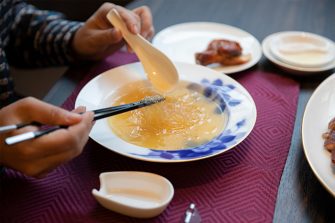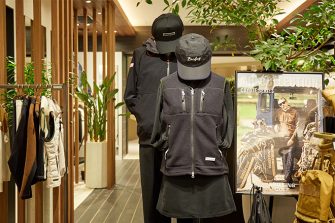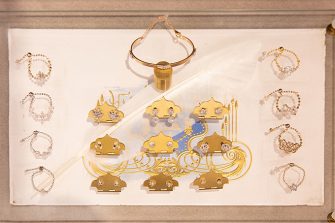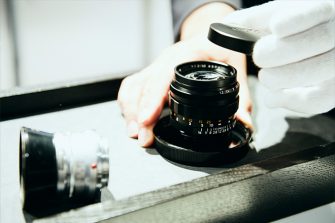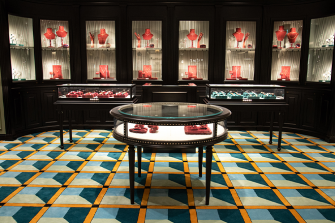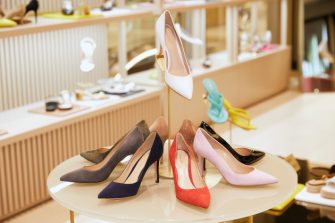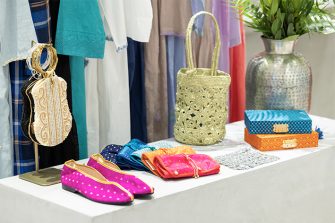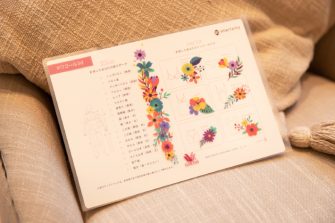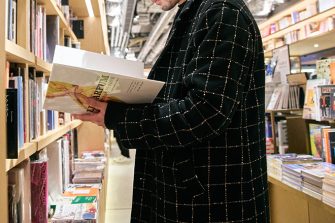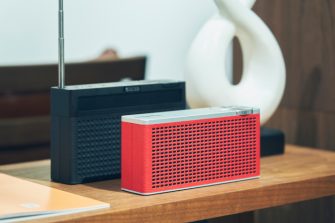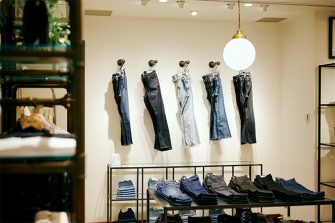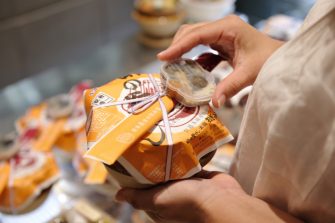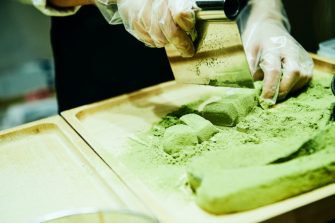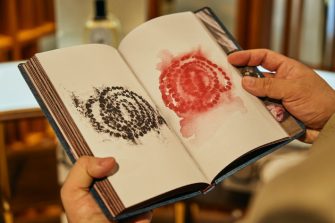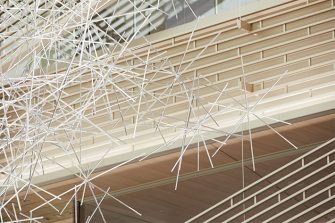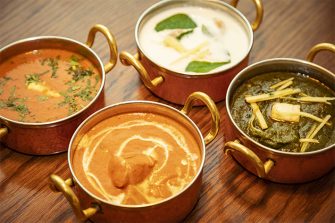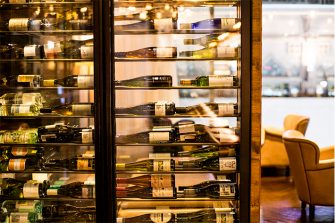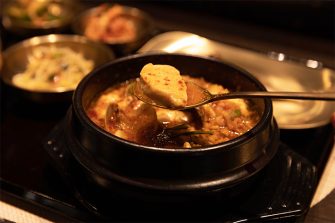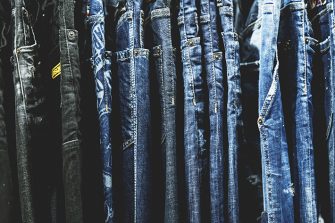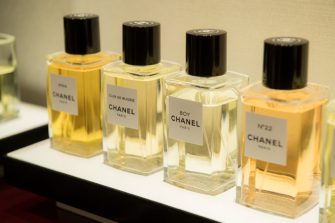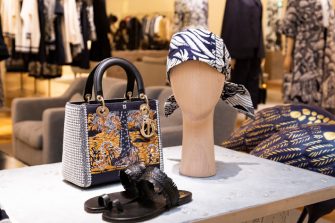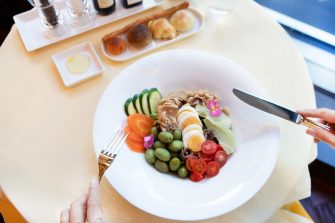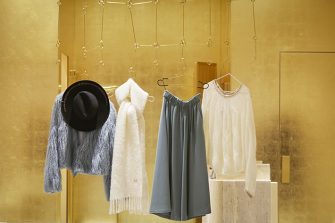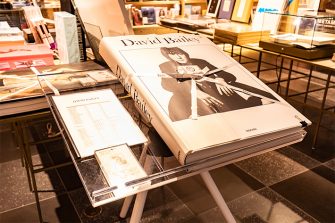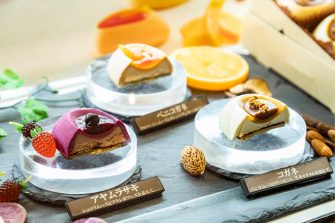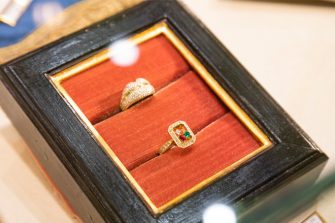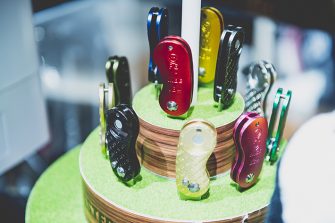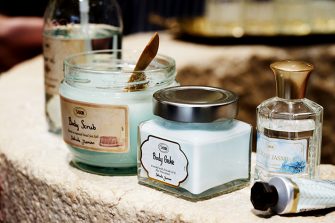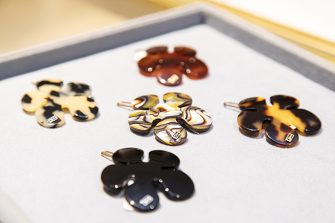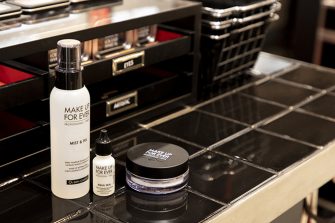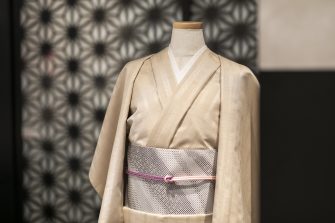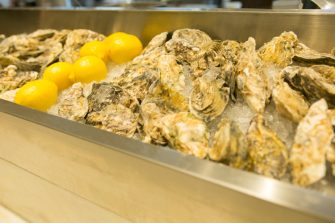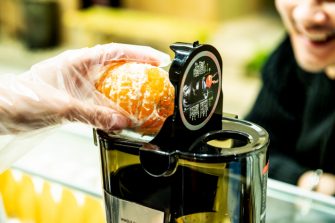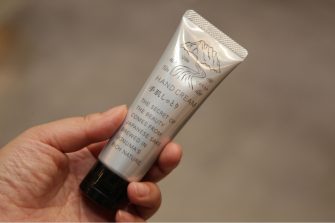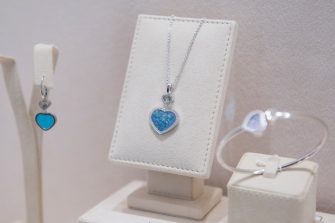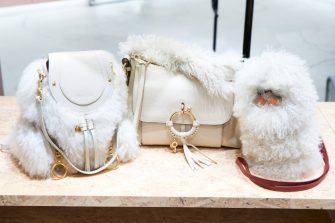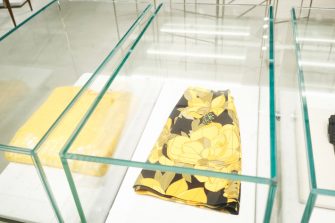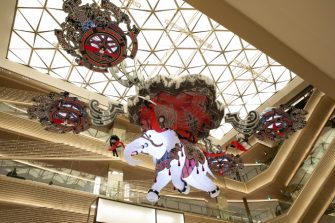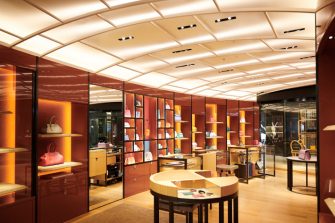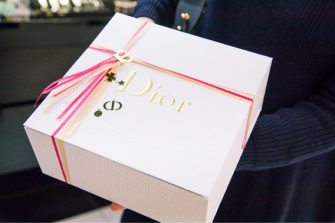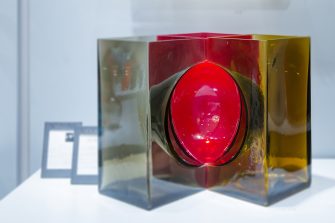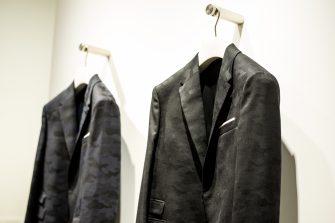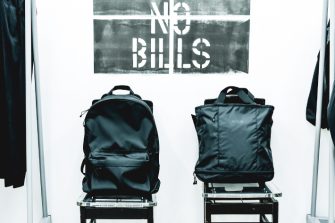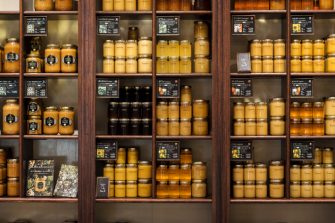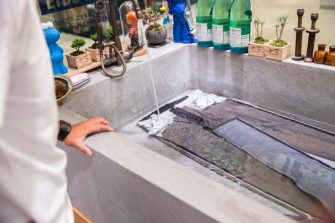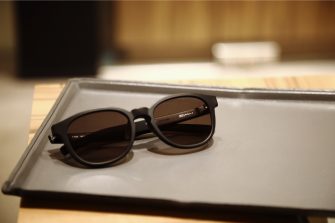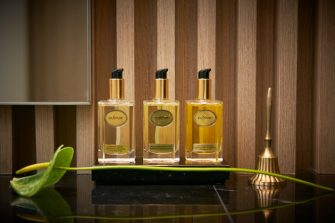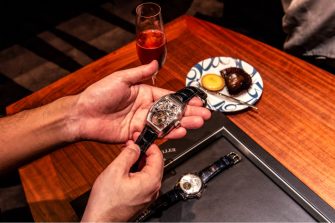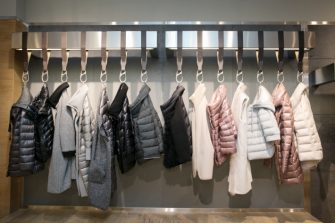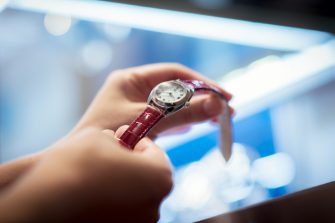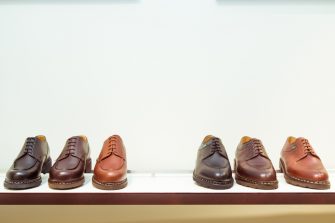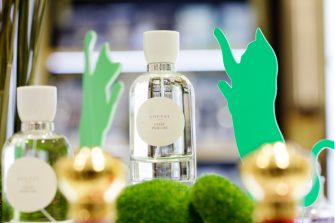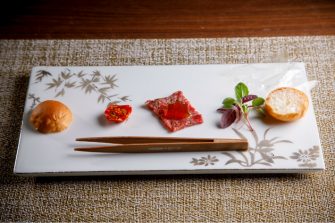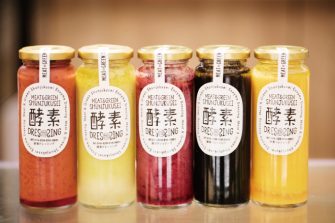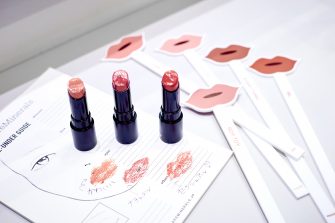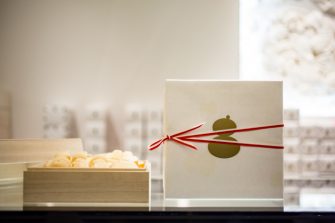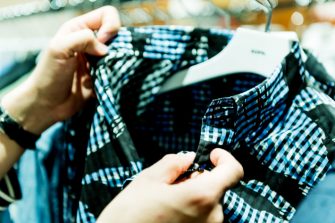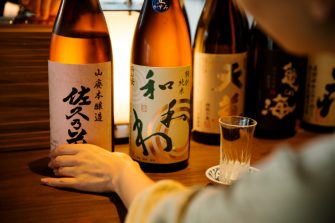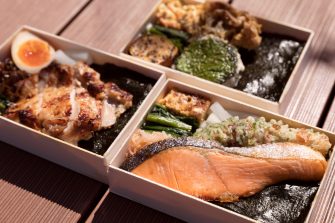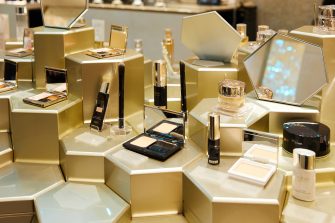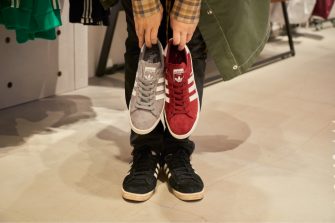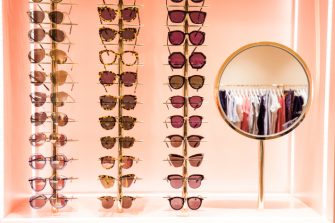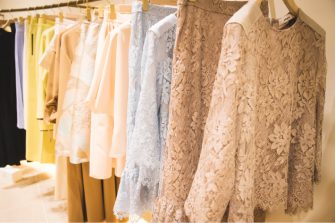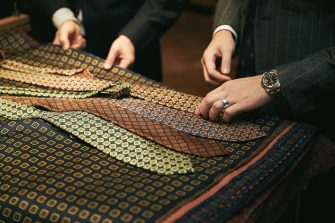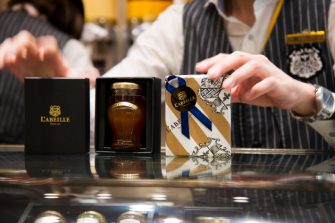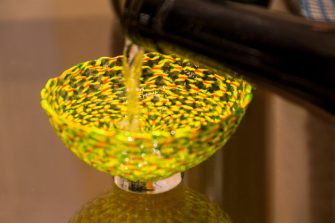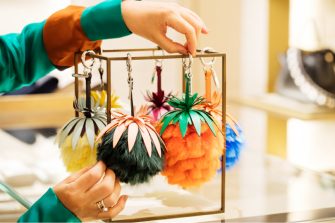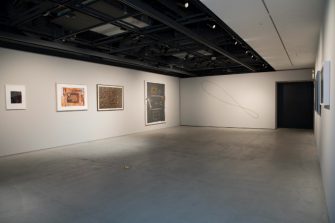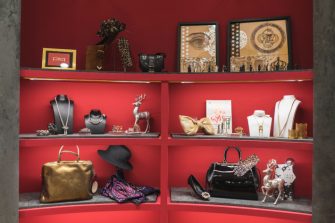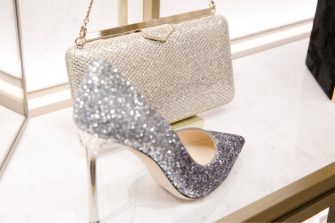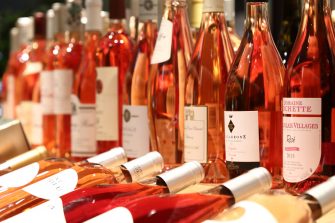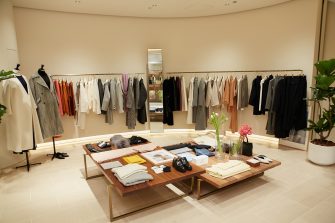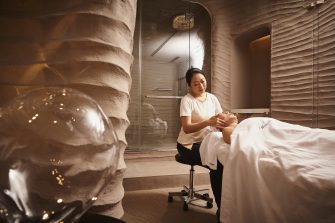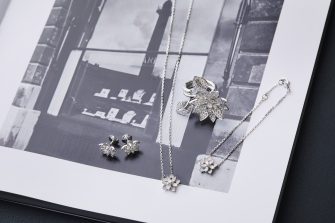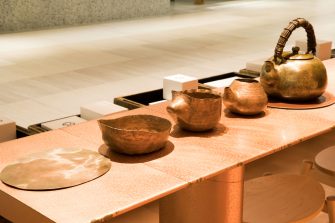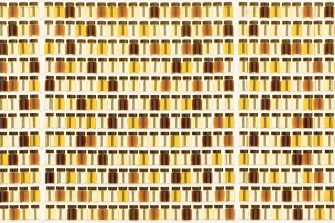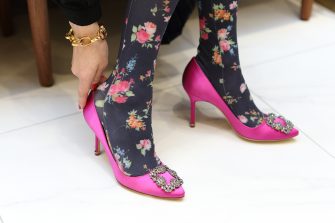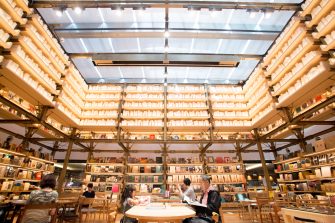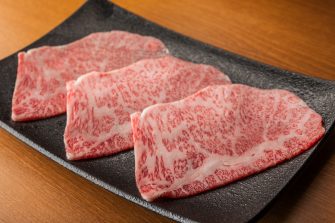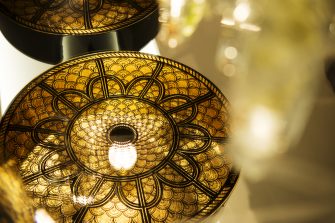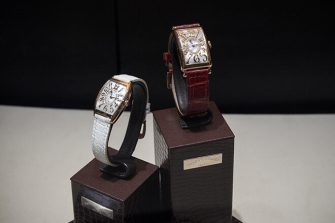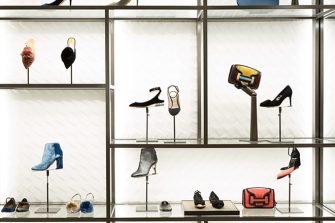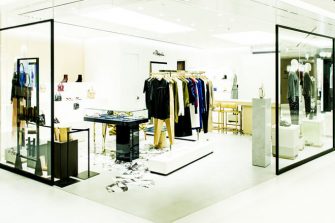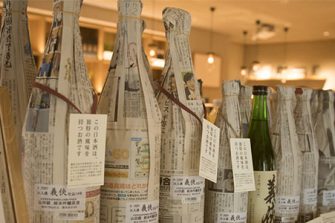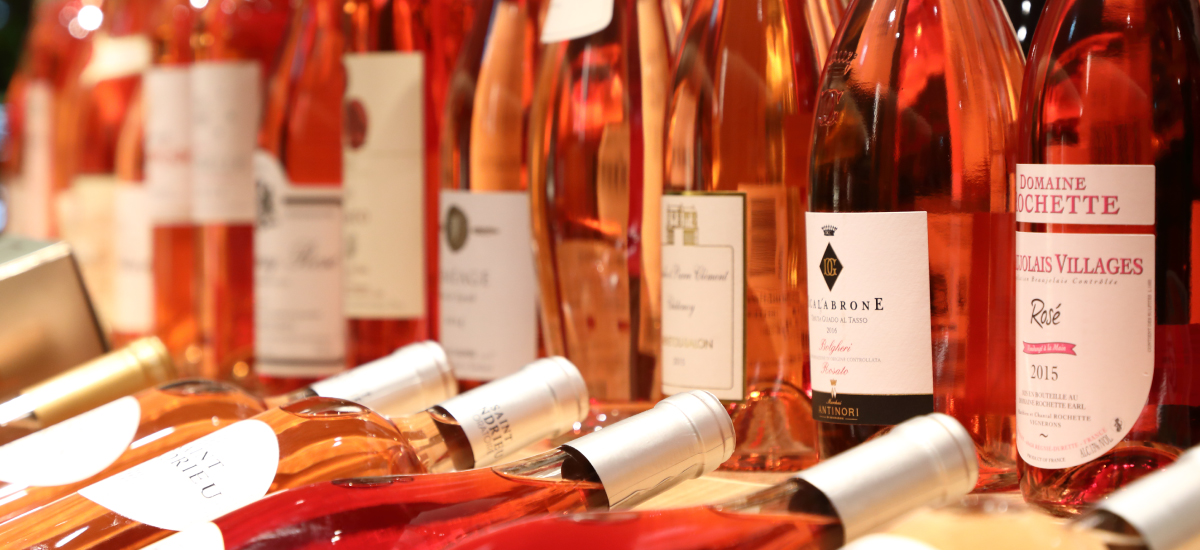

GINZA SIX EDITORS
时尚、珠宝&手表、生活方式、美容、食品…
精通各种类型的个性丰富的编辑们,在GINZA SIX上闲逛
记述走路发现的乐趣。
对于葡萄酒平台来说是不允许的,新的地标 A New Landmark No Wine Lover Should Miss
柳忠之
GINZA SIX EDITORS Vol.18(Food)
从事葡萄酒记者等职业时,会被周围的人羡慕“总是能喝到美味的葡萄酒真是太好了~”。因为妻子也是同行,所以事实上,每天晚上的餐桌上不可或缺的葡萄酒。但是在我们家,也偶尔会把日常葡萄酒的库存切掉。依靠的是自古以来就固定的葡萄酒店Enoteka。
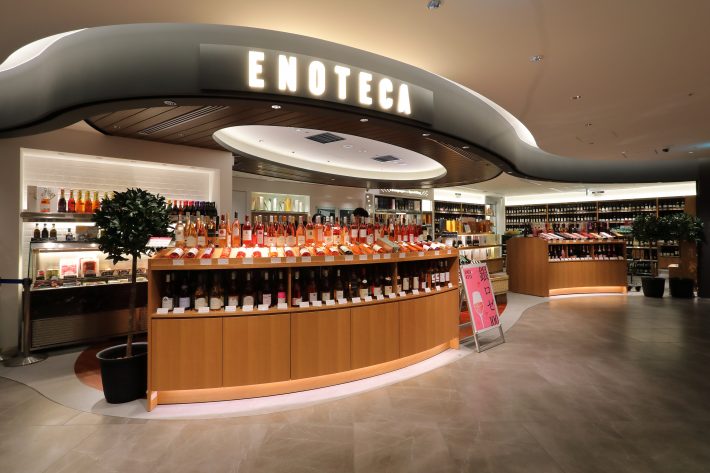
和爱诺特卡的交往很长。90年代初期,他还购买了“蒙特斯”的卡贝卢内•索维尼翁和路易•拉图尔的“阿尔德什•夏尔多纳”等高性价比的葡萄酒,在有栖川宫纪念公园赏花。之后不久,在日本全国开设了分店。进军海外,2017年4月,配合GINZA SIX的开业,旗舰店在地下2楼开张。大跃进。
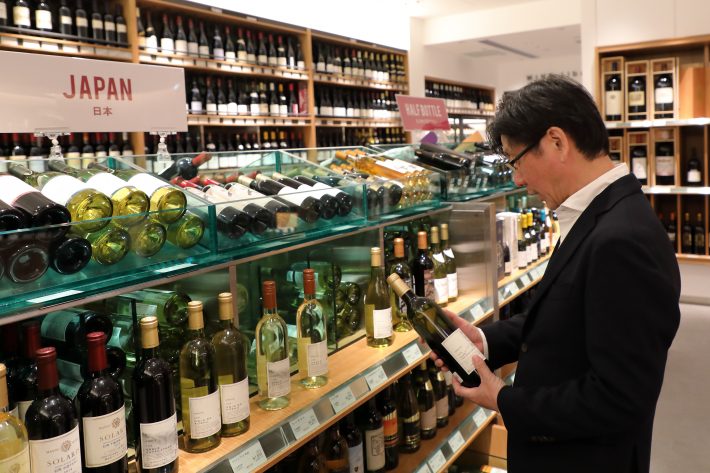
GINZA SIX的商店适合自称旗舰店,是Enoteka最大的大小和商品齐全(竟然有1600种以上!)。说到Enoteka,给人一种特别强烈的印象,布尔戈涅也很充实,意大利、新世界,还有近年来成为话题的日本红酒也有阵容。话虽如此,但却是大热的日本红酒。我最信赖的山梨酿酒厂“格蕾丝葡萄酒”的甲州因产地而异,各种各样的品种齐全,我感到非常高兴。
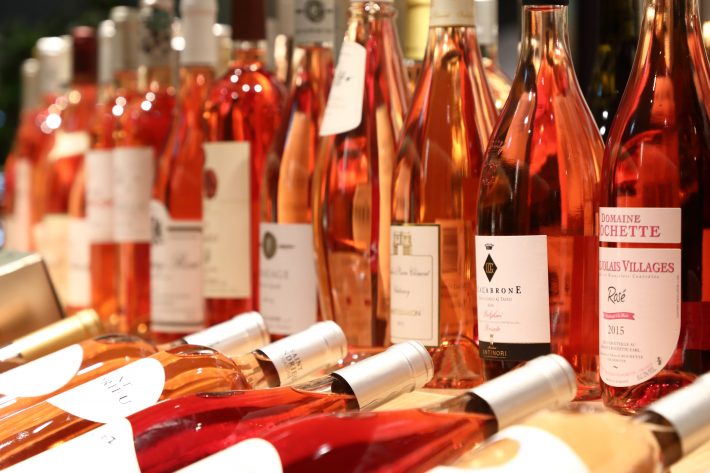
事实上,好不容易走到了商店,最先映入眼帘的是罗泽葡萄酒的柜台。在银座的罗泽以“银玫瑰”为题,排列着100种罗塞葡萄酒的样子,再加上色调之美,是最精彩的一句话。在欧美,罗泽葡萄酒已经大热了。在日本,罗泽也一直期待着罗泽获得市民权的日子。据说开业1个月的销售额前三名都是洛杉矶,其势头至今仍不减。白色和红色好地方的罗兹葡萄酒,和料理的保质性很高,特别是适合日本日常餐桌的单品。
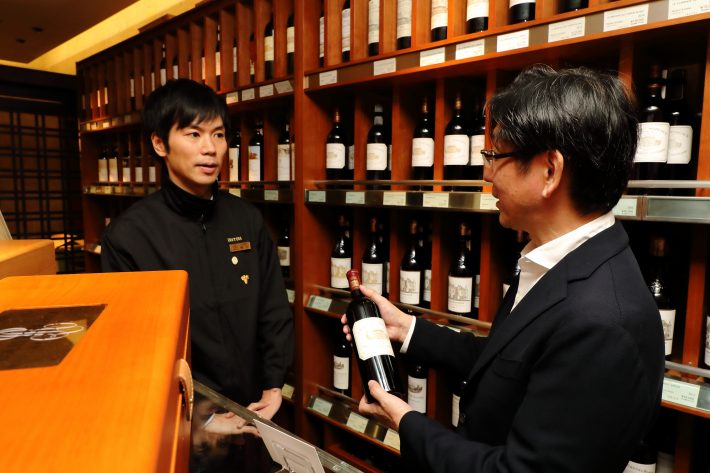
商店的里面,用格子门隔离的“葡萄酒藏书”是宝山。“麦尔戈”、“拉图鲁”等波尔多的顶级沙托、“科尔金”、“史莱明格尔”等加利福尼亚的卡尔特葡萄酒。虽然都是6位以上的超高级葡萄酒,但不愧是银座,不愧是GINZA SIX,这个班的葡萄酒也经常动。即使不买也是自由的(但是,通常是上锁的,所以要和店里的人打招呼)。伟大的葡萄酒只要看这个标签,就能沉浸在满足的心情中。
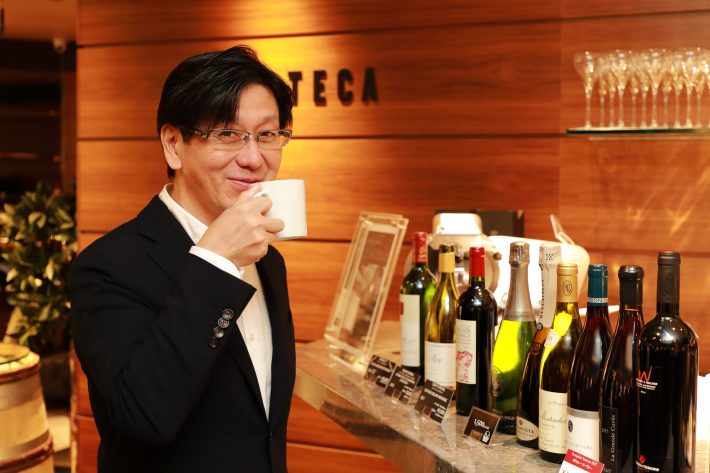
从地下2层的主楼到葡萄酒店的方法有咖啡店和酒吧。采访日是从刚刚发布不久的博乔雷·努沃到2013年的沙托·姆顿·罗奇多,用玻璃杯喝的奢侈。还准备了适合寒冷天气的热葡萄酒。一边眺望毕加索和沃霍尔画的慕顿标签画,一边在购物的间隙品尝一杯葡萄酒。好吃。
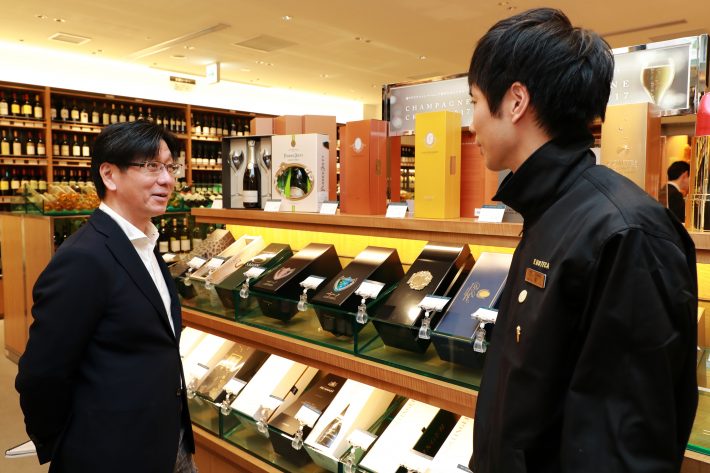
从《东·佩里尼龙》的吉冈德仁有限公司和路易·罗德雷的《水晶》等舞台香槟排列的柜台中选择了我家圣诞节用的一个,去13楼的“罗姆迪坦西尼”。
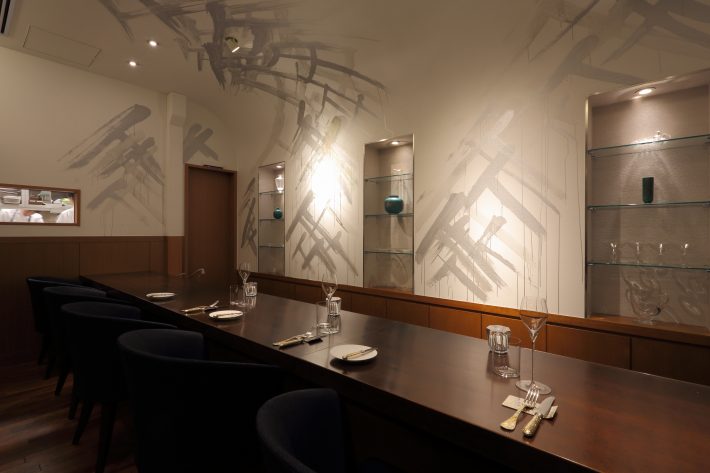
广尾“阿纽尔图维夫”姐妹店。主厨是担任该店休主厨的蓑原佑一。夏天过去了,来自南非的葡萄酒生产商从南非来到日本,在这家餐厅开了面午餐,我由衷地佩服完美的玛丽。
问了一下,套餐料理的每盘菜都有红酒的配对菜单吗。从清单中选出一瓶葡萄酒也是餐厅的乐趣,但是最近,在有配对菜单的店里,很多人都会享受其中的乐趣。其中一个原因是最近法国的盘子数量很多,如果用一瓶葡萄酒把所有的菜都送到的话,一定会在某个地方被迫妥协。另一个原因是好奇心,想体验一下侍酒师浑身解数的玛丽的妙技。
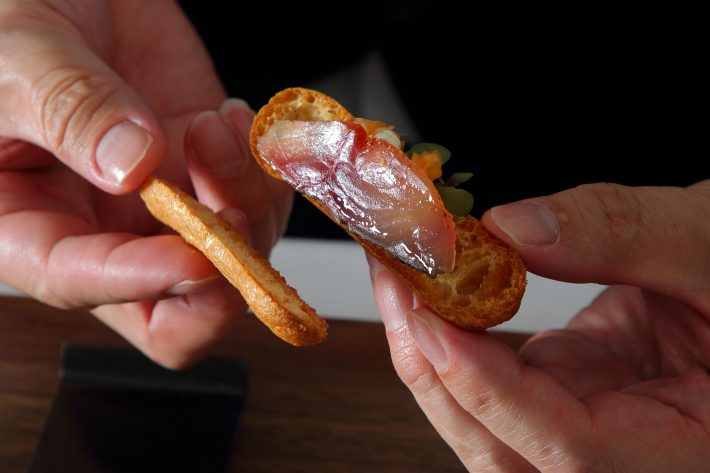
经典的AMUSE是客人自己将食材夹在刚烤好的面团里完成的。这天的食材是涂满了皮埃斯・Espelet的青花鱼,用比尼加拌的牡蛎和芜菁,白色的卡博斯奶油组合。稻毛友纪调酒师配合这个的是香槟,“贝诺瓦拉艾”的布兰德·诺瓦尔。布兰德·诺瓦是只由黑葡萄制成的白色香槟,看起来即使是白色也有红色果实的味道,用薯片包裹着青花鱼的血味风味。
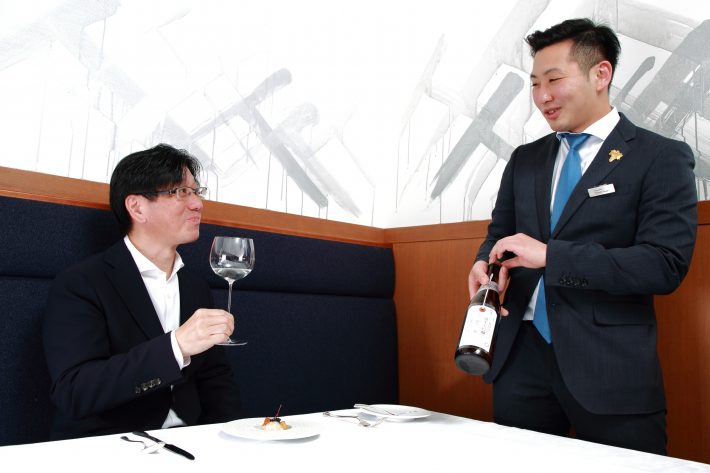
接下来是用樱花的小费瞬间烟熏的扇贝和啄木鸟的塔塔尔。上面装饰着鱼子酱。就这样继续香槟酒也不错,但是稻毛调酒师推荐的竟然是日本酒。日本酒业界持续退潮倾向,但是年轻优秀的制造者增加了,所以想积极地介绍一下。新潟加茂锦的纯米大吟酿。鱼子酱的咸味是重点,给人一种一边舔盐一边享受日本酒的印象。
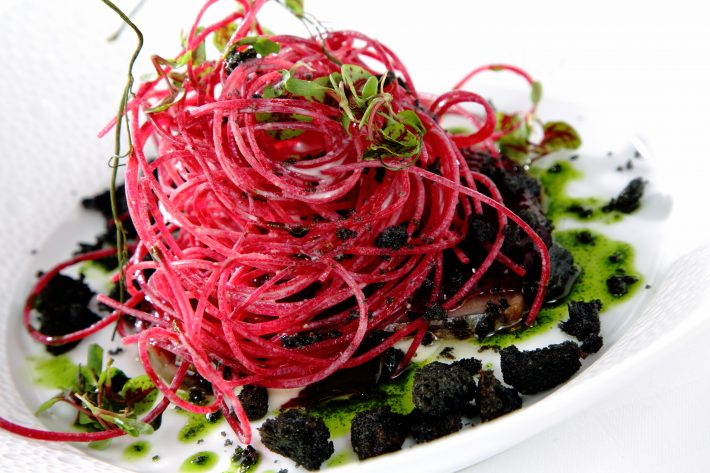
接着是用备长炭快速烤好的气仙沼鲣鱼做的波尔西。红色意大利面状的是炸猪排,黑色的是库尔顿,绿色是迪尔。加利福尼亚队和圣安娜·巴巴拉、“克莱兹”的卡贝卢内·弗朗合在一起。新鲜、优雅、光滑的口感的卡贝尔卢内·弗朗不强调鲣鱼血腥的腥味,品种特有的哈巴尔语感也在重音节中和。

前菜还有一道菜,鳕鱼白子白菜。春菊的酱汁里配上了黄油芝士片和迷迭香的泡沫。葡萄酒是“波恩格兰”的维勒・克雷塞。奶油白子和质感十足的夏尔多内。这个配对纹理的和声非常棒。

鱼料理是在沙丁鱼上放上切碎的牡蛎,蒸熟的东西。和香槟酒奶油酱一起吃。“为了让嘴里重置”,稻毛调酒师注入的是希腊的三得利尼岛的白葡萄酒,“盖亚”的阿席尔蒂科。其特征是纯净的酸味和矿物质感,嘴里被擦干净。再加上让人感受到爱琴海海风的碘感,奏出了牡蛎的风味和完美的和谐。
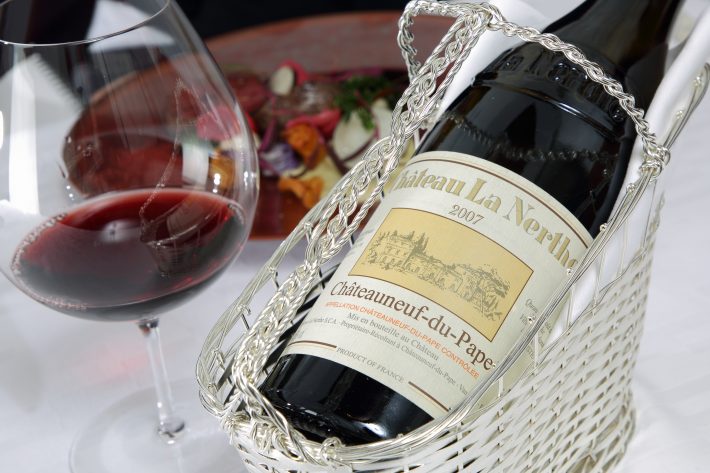
肉类料理是烤牛排、红蛤蜊肉酱。先锋性进攻的盘子继续之后,最后用古典料理系好。葡萄酒也是王道中的王道,“夏托·拉·涅特”的夏托纳夫·杜帕普。鹿的甜味和以葡萄纳什主体的葡萄酒的果实味道,红色果实的香味和辛辣的后口等,盘子中的要素和玻璃杯的内容浑然一体化。简直就是教科书上的玛丽。
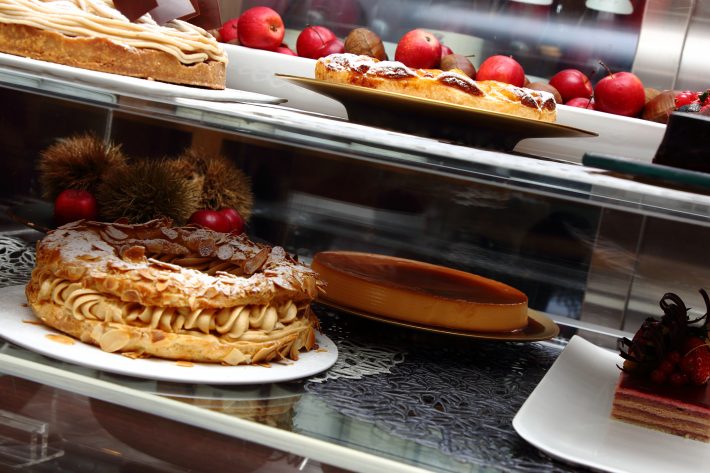
甜点是用面包车提供的,只是喜欢的东西。这样午餐套餐7000日元(按税、服务分类),葡萄酒配对套餐6000日元的价格设定实际上很合理。下次一定要带着妻子去拜访。对玛丽亚比别人加倍吵,我很期待她如何评价。
从自家用到礼物用,种类丰富的葡萄酒,可以在酒吧喝点。GINZA SIX还能慢慢享受料理和红酒配对的GINZA SIX。对于葡萄酒平台来说,这是不允许普通的标志。
Text:Tadayuki Yanagi Photos:Toshio Tagaya Edit:Yuka Okada
If you make your living as a wine journalist like I do, the people you know may be a bit envious and say things like, “It must be great being able to drink delicious wine all the time.” My wife is in the same profession, so we in fact never do let an evening meal go by without wine. But even at our house, our stock of everyday wine sometimes runs out. When this happens, for a long time now, I’ve depended on Enoteca wine shops.

I’ve been a patron of Enoteca for a good while. At the start of the 1990s, when it was just a single shop in Hiroo, I’d buy excellent but reasonably priced wines like the Montes’s Cabernet Sauvignon and Louis Latour’s Ardèche Chardonnay. I’d bring them to Arisugawa-no-miya Memorial Park for festive occasions under the cherry blossoms. Since that time, in no time at all really, Enoteca has become a chain with shops all over Japan. It’s even opened stores overseas. When GINZA SIX opened its doors in April 2017, it opened its flagship store on the second belowground floor. Enoteca has made great strides.

As befits a flagship, the GINZA SIX shop has the largest floor space among any Enoteca location, offering the most extensive selection (over 1,600 varieties!). Enoteca has a reputation for a marked strength in Bordeaux, but its lineup of Burgundy wines is also impressive. And it also stocks Italian wines, New World wines, and Japanese wines, which have been the talk of the town in recent years, even if Japanese wines remain very much a hit-or-miss affair. I’m pleased to see that the shop stocks the different varieties, based on the particular vineyard, of Koshu from Grace Wine, the Yamanashi winery I trust most.

When I arrived at the store, what first caught my eye was the rosé wine section. Named “Ginza Rosé” at the Ginza shop, the section features some 100 varieties of rosé wine. Together with their beautiful color, they make for a stunning sight. Rosé wine is already trendy right now in North America and Europe. I’d been waiting and hoping for the day rosé would gain some popularity in Japan. In the first month after the GINZA SIX store opened, I’m told, all top three sellers were rosé wines. This momentum hasn’t waned. Rosé takes all the best of red wine and of white wine. It’s highly versatile when paired with food, and I think it makes the perfect wine in particular for everyday meals in Japan.

At the rear of the store behind a trellised door is the Wine Repository and its treasure trove of wines. Wines from Bordeaux grand crus like Margaux and Latour, along with cult classics from California like Colgin and Screaming Eagle, are enshrined here. These are all ultra-high-end, six-figure wines, but of course you can find them in Ginza, and of course at GINZA SIX. This class of wine also moves well, you might say. But even if you don’t buy, you’re free to look (the door is normally locked, so just ask the shop staff to open it for you). Just gazing at the labels of these great wines can be an illuminating experience.

On the approach from the main floor of the second belowground floor to the wine store, you’ll find a café and bar. On the day I found myself there, one could enjoy the luxury of drinking wines by the glass, ranging from the just-released Beaujolais Nouveau to the ultimate, a 2013 Château Mouton Rothschild. They have warm wines as well, perfect for a cold day when the ground freezes. While taking in the Mouton labels drawn by Picasso and Andy Warhol, you can enjoy a delicious glass of wine during a break from shopping. Bottoms up!

I choose one bottle for our Christmas at home from the prestige champagne section, which includes Dom Perignon Limited Edition by Tokujin Yoshioka and Louis Roederer’s Cristal, then make my way to L’homme du Temps signé à nu on the thirteenth floor.

It’s the sister restaurant of à nu retrouvez-vous in Hiroo. The chef is Yuichi Minohara, who was the Hiroo establishment’s sous-chef. I’d been here once before for a press lunch held when wine producers from South Africa visited Japan and came away at that time filled with admiration for the felicity of the pairings. On asking, I was informed that the restaurant has a pairing menu that matches wines to each item on the course menu. Choosing a bottle off a list is one of the true joys of restaurant dining, but at restaurants with a pairing menu, there’s even more to enjoy. One reason is the range of dishes that characterize recent French cuisine, and one bottle of wine for all means some compromise is inevitable. Another joy comes from tasting what the experienced sommelier recommends.

An established aspect of the enjoyment is the éclairs, which the customers get to complete by putting the ingredients between the toasted dough themselves. The ingredients are a combination of mackerel sprinkled with piment d’Espelette, oyster and turnip dressed with vinegar, and white kabosu cream. The sommelier, Tomonori Inage, paired this with a Blanc de Noirs champagne from Benoît Lahaye, a white champagne made entirely from black grapes. Although the appearance is white, it has the flavor of a red and envelopes the flavor of the mackerel, as if in a wafer.

Next is tartar made with scallops, smoked briefly with cherry blossom chips, and artichokes topped with caviar. Continuing with the champagne seems like a blameless choice, but the sommelier recommends, surprisingly, sake. The Japanese sake industry’s fortunes are on the downswing, but the sommelier says that there are many excellent new producers he would like to introduce. The sake he brings out is pure premium sake (no adding distilled alcohol!) from Kamonishiki in Niigata. The salty essence of the caviar is a key point and makes the sake all the more delightful.

Next is Kesennuma bonito grilled over high-grade bincho charcoal and served with red borsch-style beets. The red comes from the beets, which are shaved in the shape of noodles. The croutons account for the black; dill accounts for the green. This is paired with a cabernet franc from Broc Cellars in Santa Barbara, California. The fresh, silky, elegant cabernet franc, with its herbal accents, a characteristic of this variety, harmonizes with the dill without overemphasizing the flavor of the bonito.

The final appetizer is Pacific cod milt meunière dressed with Gruyère cheese and rosemary meringue in a chrysanthemum sauce. The wine is Viré-Clessé from Domaine de la Bongran. A thick and rich chardonnay paired with a creamy milt—this combination makes for a wonderful harmony of textures.

The fish is Spanish mackerel topped with minced oyster, steam-baked, and served with a champagne cream sauce. “To reset your palate,” the sommelier pours me a white wine from the Greek island of Santorini, Assyrtiko by Gaia. The pure acidity and mineral flavor are this wine’s notable characteristics, and it cleanses the palate nicely. And there’s a slight iodine taste reminding of the winds of the Aegean Sea, which goes splendidly with the oyster flavors.

The meat dish is roasted venison in a red currant poivrade sauce. After a number of avant-garde dishes, then, the meal closes with a classic. The wine is a standard among standards, Châteauneuf-du-Pape from Château La Nerthe. The sweetness of the venison, the fruitiness of the Grenache-based wine, and the red fruit flavor and lingering spices in the finish—the elements of the dish and the contents of the glass are in complete harmony, a truly textbook pairing.

Dessert is served from a dessert cart. You can choose what you’d like in the quantity you’d like. The lunch course is 7,000 yen (before tax and service charge), and the wine-pairing course is 6,000 yen, so the prices are quite reasonable. I’m definitely going to bring my wife next time around. She tends to be highly opinionated about pairings, and I look forward to what she has to say.
An extensive selection of wine for every occasion, from drinking at home to presenting as gifts—so much wine it can be hard to choose, plus a bar for a few sips, and a restaurant where you can take your time enjoying food and wine pairings—all at GINZA SIX. It’s a new landmark no wine lover can miss.
Text: Tadayuki Yanagi, Photos: Toshio Tagaya, Edit: Yuka Okada
柳忠之
葡萄酒记者。1965年出生。曾任葡萄酒专刊记者,1997年开始在自由职业。在《BRUTUS》、《Winart》、《GQ JAPAN》等杂志上多执笔。自由之丘葡萄酒学校讲师。从包括土壤、历史背景在内的逻辑观点出发,尖锐锋利的批评得到公认。


